USI's commitment to reducing and replacing animal testing
Institutional Communication Service
USI Pro-Rector for Research Prof. Patrick Gagliardini talks about USI's commitment to reduce, where possible, the use of animal experiments by replacing them with alternative models, bringing concrete examples of approaches to achieve this goal.
USI has been actively involved in the Swiss 3R Competence Centre (3RCC) since its founding in 2018 and has recently renewed its commitment. The 3R principle (Replacement, Reduction, Refinement) refers to three goals: to replace animal experimentation with a procedure that does not involve animals, to reduce the number of animal experiments to an absolute minimum, and to improve procedures to minimise the impact on the quality of life of animals. The 3R Centre of Expertise is a nationwide initiative that promotes these goals in life sciences research.
The video below is an excerpt of the press conference held on Friday, 21 January. Several USI and EOC representatives illustrated the significant negative consequences on the quality of research and patient care of the initiative to be voted on 13 February (www.usi.ch/en/feeds/17783). According to the Pro-rector, "the progressive reduction and replacement of animal experiments with alternative models will be constantly pursued in the future leading to significant results". However, despite ongoing efforts, "it is not feasible to replace research on animals completely, in the short term and all research contexts [...] Furthermore, the initiative's proposal is extreme and would therefore have a strong impact on the quality of biomedical research in Ticino and Switzerland, with serious consequences for patient care. For these reasons, the research and university front in Switzerland is united in believing that there are solid reasons to reject the initiative."
In the video below, the Rector illustrates three practical examples in Southern Switzerland in which the number of animals used in research projects is reduced to a minimum:
- A part of the experiments takes place on in vitro biological models. These are small portions of biological tissue produced in the laboratory from human cells that reproduce the structure and functions of natural human tissue. For example, in the EOC's Regenerative Medicine Lab, such models are created using innovative technologies such as 3D printing: researchers have replicated a portion of bone, in which they have tested drugs against bone metastases from breast cancer and potential new therapies for pediatric bone cancers. They are also developing muscle models to study fibrosis and cartilage models for osteoarthritis therapies.
- Another way toward the 3R's exploits expertise in interdisciplinary applications of computational science and artificial intelligence. In the study of certain liver diseases caused by the alteration of normal cellular metabolism, a USI research group in computational pharmacology has developed over the years a series of potential drugs with proven agonistic activity on disease receptors. These studies based on computer simulations have made it possible to significantly narrow down the pool of promising drugs, facilitating the task of other researchers who will then proceed to the animal and clinical testing phases necessary for the approval and launch of the new drug.
- An immunology research project funded by the SNSF and led by USI researchers uses artificial intelligence techniques that allow the automated reuse of animal images, thus reducing the number of new experiments.




